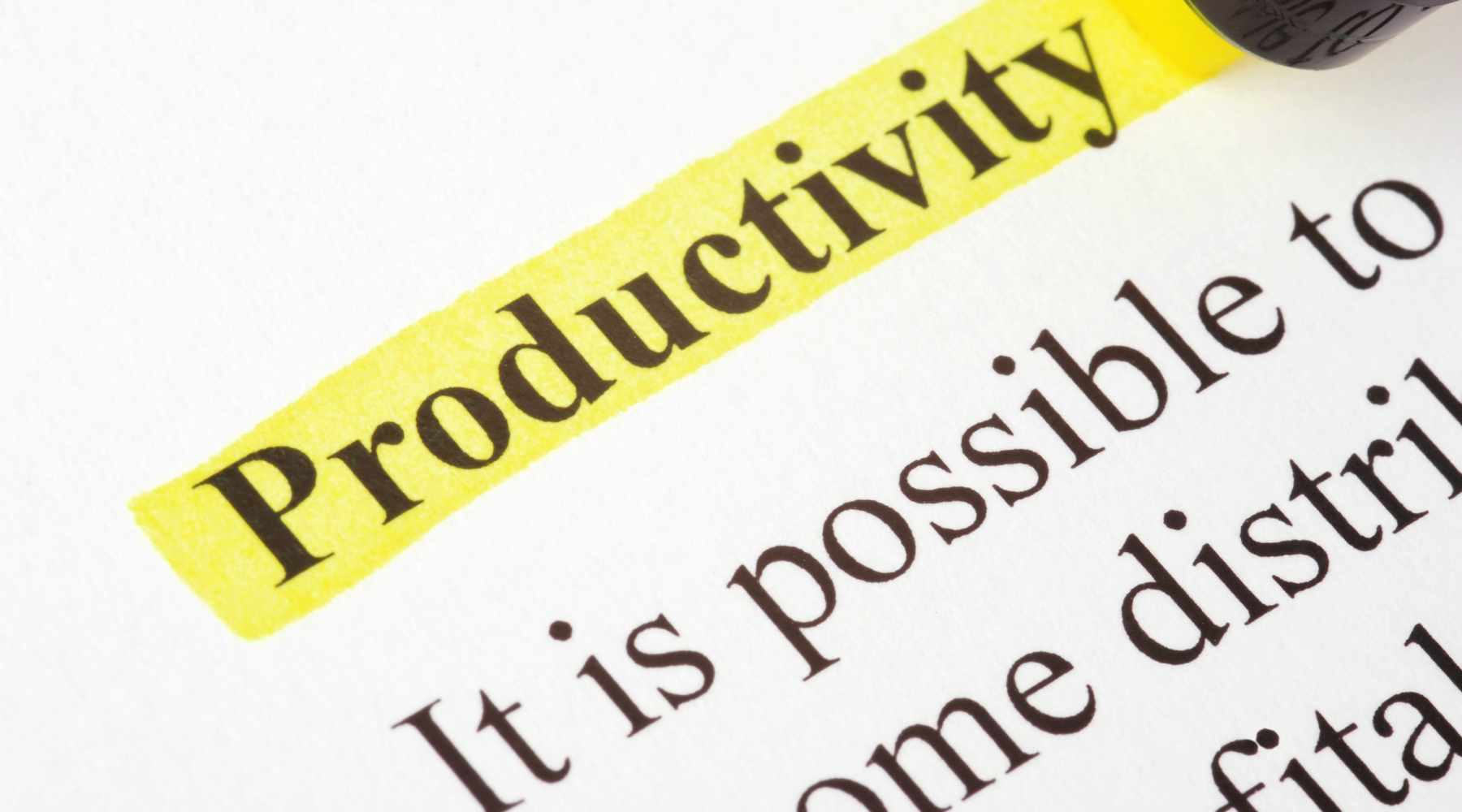
The average executive wastes over 6 hours a week procrastinating on tasks that could have been done in less than two minutes. That’s an avoidable bottleneck.
But just because a task takes two minutes doesn’t mean it’s a good use of your time. If it doesn’t align with your “zone of genius,” your Executive Assistant (EA) should be handling it instead.
The Two-Minute Rule, when strategically applied, is not just about doing tasks—it’s about deciding who should be doing them. For executives juggling monumental responsibilities, this rule is the first step to delegating smarter, clearing mental clutter, and maintaining momentum for higher-impact priorities.
This isn’t just another productivity hack—it’s about reclaiming hours of your day by ensuring that every task is handled by the right person.
What Is the Two-Minute Rule?
The Two-Minute Rule is deceptively simple: if a task takes less than two minutes, it should either be done immediately or delegated to someone better suited to handle it.
This concept was introduced by productivity expert David Allen in his book Getting Things Done. By tackling or delegating minor tasks, you free up bandwidth—both mentally and physically—for decisions that truly demand your attention.
Why It Works:
- Reduces Decision Fatigue: You’re not stuck revisiting small tasks repeatedly.
- Prevents Task Backlogs: Minor actions are either completed or handed off immediately.
- Fosters Delegation: Recognizing tasks that don’t fit your skill set ensures you focus on what you do best.
The Science behind Small Wins
Small wins are not trivial; they’re the fuel for sustained productivity. Completing or delegating minor tasks triggers a release of dopamine, a chemical that enhances focus and boosts morale. Psychologists call this micro-progress, where small victories pave the way for larger achievements.
Momentum Creation
When you offload small tasks effectively, you’re not just building momentum—you’re clearing the runway for deeper work. Imagine starting your day with an empty inbox because your EA has already addressed the two-minute replies.
Stress Reduction
Studies by the American Psychological Association show that addressing minor tasks immediately can reduce stress levels by up to 20%. Whether you’re doing these tasks or delegating them, clearing them quickly lifts the mental weight.

Applying the Two-Minute Rule in an Executive Role
For executives inundated with decisions, meetings, and deadlines, the Two-Minute Rule is a strategy for determining what stays on your plate and what gets handed off.
Email Management
- EA Action: Your EA can triage your inbox, handling quick inquiries and flagging only the critical emails that require your input.
Team Communication
- EA Action: Delegating approvals or forwarding tasks is a perfect fit for an EA’s skill set. They can ensure your feedback gets to the right people while you focus on higher-level decisions.
Daily Administration
- EA Action: Tasks like logging receipts, organizing files, and scheduling meetings shouldn’t be on your to-do list. These are prime examples of two-minute actions that your EA can manage efficiently.
Balancing Quick Tasks with Strategic Focus
The Two-Minute Rule should never detract from your core responsibilities. Here’s how to maintain balance:
Avoid the Trap of Over-Focus on Quick Tasks
- Prioritize strategic goals and ensure minor tasks don’t dominate your day.
- Train your EA to recognize recurring tasks they can handle without your input.
Use Technology to Delegate Seamlessly
- Leverage tools like Asana or Slack to streamline task delegation, ensuring small actions are routed to your EA in real time.
Delegate Wisely
- When a task is repetitive, administrative, or doesn’t require your expertise, delegate it immediately.
- Example: Instead of confirming a scheduling request yourself, your EA can handle it in under two minutes while keeping your calendar aligned with your priorities.

Tips for Incorporating the Two-Minute Rule
Start Small
Commit to reviewing your tasks for one week. For every task, ask: “Does this require me?” If not, assign it to your EA.
Pair with Time-Blocking
Start each day by clearing your EA’s delegated two-minute tasks. Then, shift into focus time for higher-level planning and strategy.
Reflect Daily
- Review how many tasks your EA completed and their impact on your day.
- Use this insight to fine-tune which tasks are delegated and which stay on your plate.
Leverage Apps for Efficiency
- Slack or Teams: For instant delegation.
- Microsoft Outlook: Automate task assignments to your EA via email rules.
Conclusion
The Two-Minute Rule is a habit that redefines how you approach your day. By removing minor obstacles, you gain clarity, momentum, and time for what truly matters.
Take the challenge: for the next week, apply the Two-Minute Rule to your tasks. You might be surprised how much lighter your workload feels—and how much more you accomplish.
Ready to take delegation to the next level? If your to-do list is still cluttered with tasks that don’t require your expertise, it’s time to bring in a remote Executive Assistant who can handle the details—so you can focus on high-impact decisions.
Schedule a consultation with Hamilton Raye today and discover how a dedicated EA can streamline your workflow, reduce stress, and maximize your productivity.
Book your call now and start leading with more clarity and less clutter!




